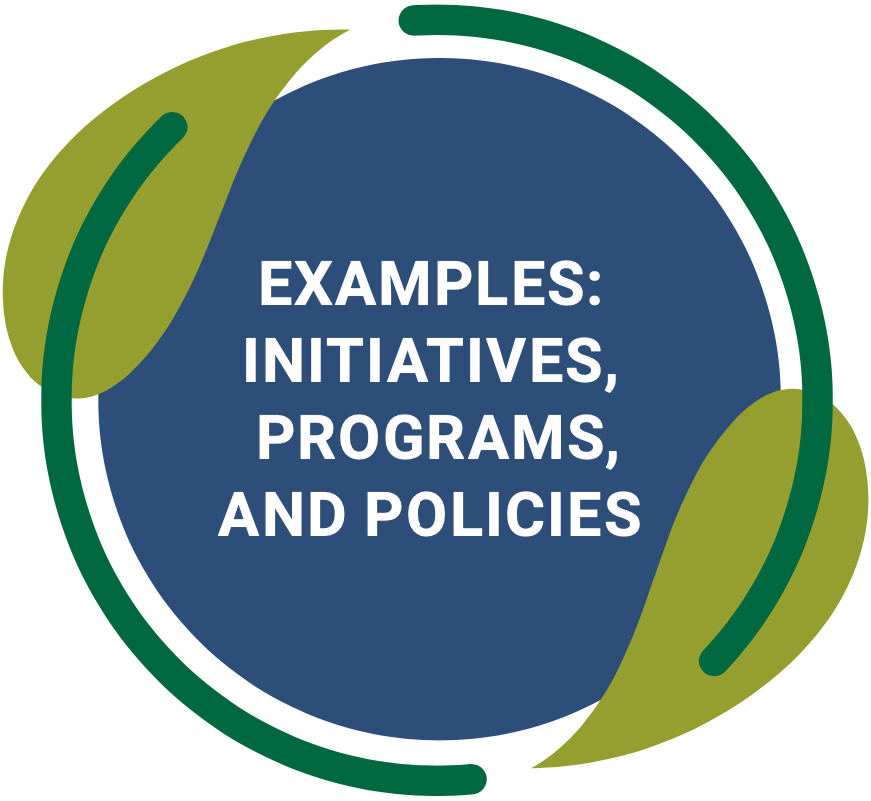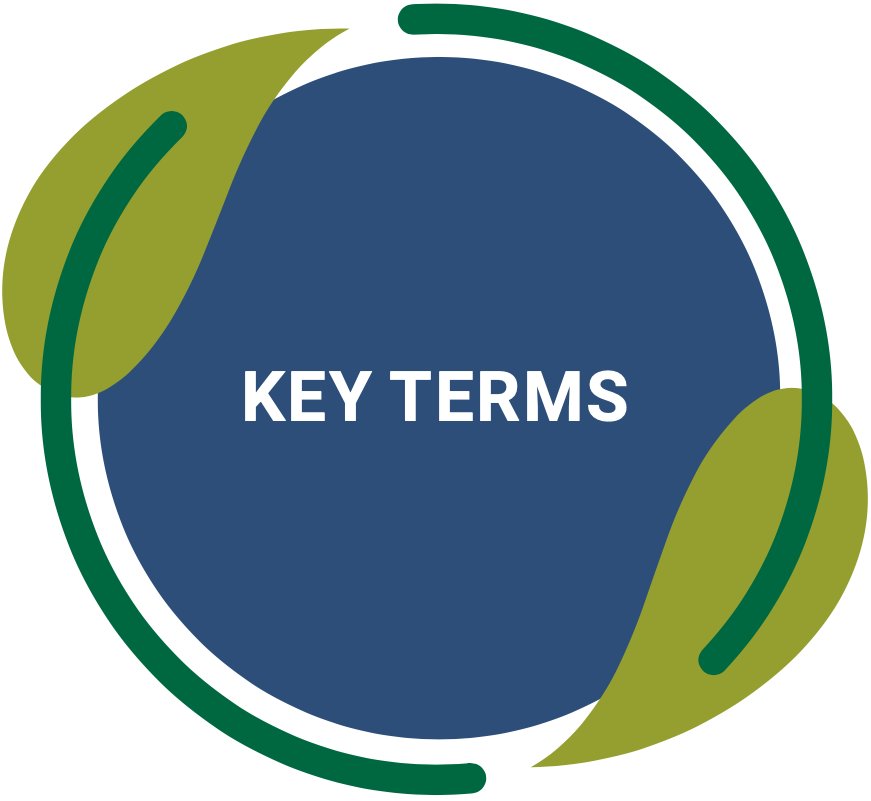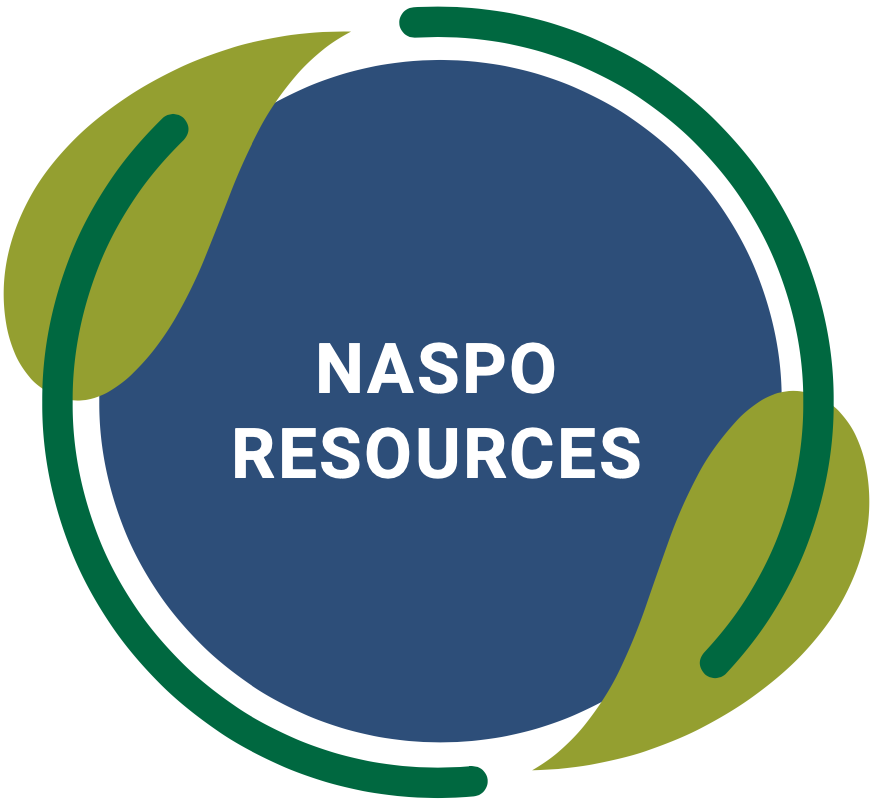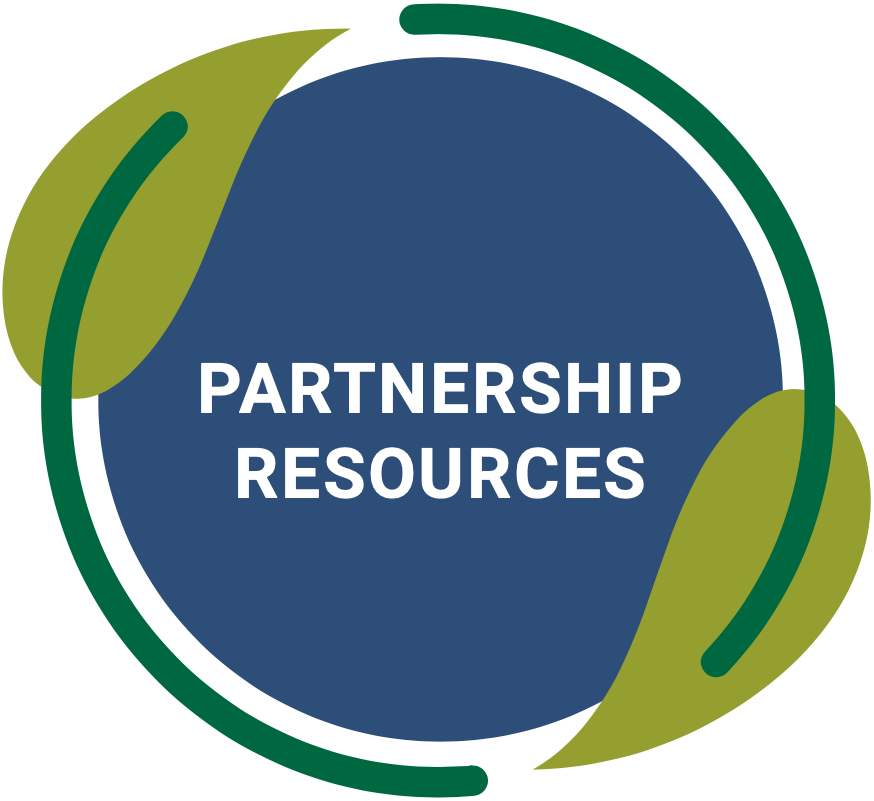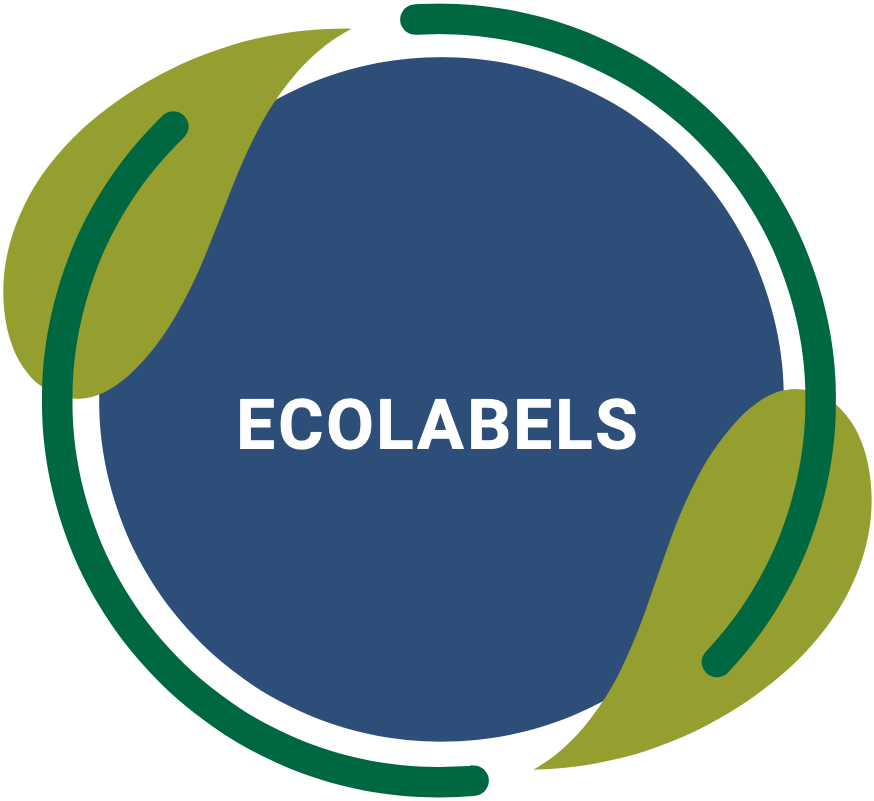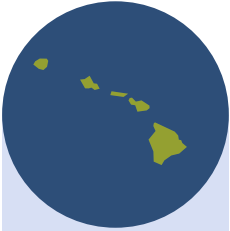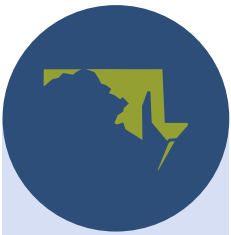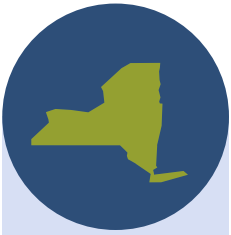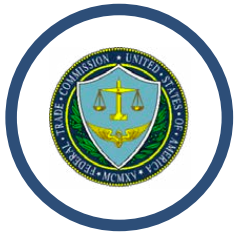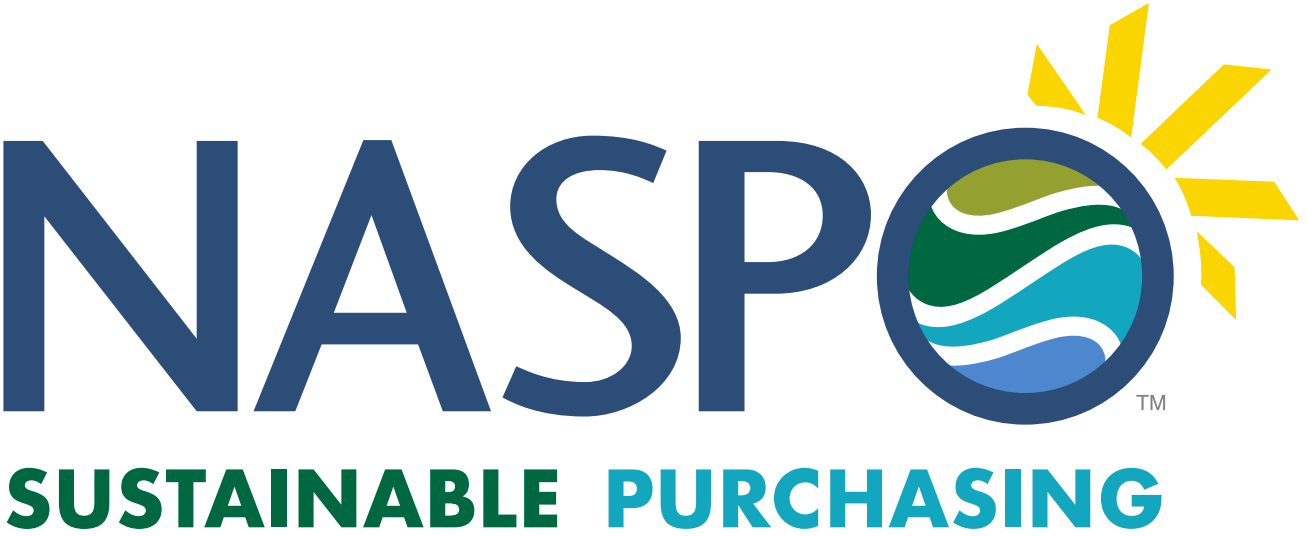
The concept of sustainability can be easily understood as the ability to meet the needs of the present generations without compromising the ability of future generations to fulfill their own needs. Sustainable purchasing is generally defined as purchasing products or services that have a lesser or reduced negative effect or increased positive effect on human health and the ecological environment, when compared with competing products that serve the same purpose. Beyond health and environment, it can also include social and economic factors.
Incorporating sustainability in the procurement process considers:
- raw materials acquisition
- production
- fabrication
- manufacturing
- packaging
- distribution
- reuse
- operation
- maintenance
- retirement or disposal of products
Common examples include:
- sourcing recyclable products
- recycled products
- reusable products
- products that conserve energy or natural resources
Sustainable procurement initiatives effect change through a variety of mechanisms that encourage state and local government personnel to implement sustainability directives. Some organizations include sustainability in their bid or proposal evaluation criteria or as part of best value procurement. Many government organizations have percentage preferences or set-asides for sustainable purchasing. Some states have robust Environmentally Preferable Procurement Programs (EPPs) that formalize the inclusion of sustainability principles into their procurement processes. All of these can be established through legislation, executive order, or administrative rules and policies. When looking to incorporate sustainable purchasing in your office, it is important to consider where the authority resides and what tools will best fit your needs.
NASPO Recommends:
Sustainable procurement programs should be developed with the cooperation and input from persons representing a wide range of users, using agencies, organizations that certify commodities and services as sustainable, and suppliers—all of which have ideas to contribute.
That broad input in the development of the program will help provide support from both inside and outside the public entity.
Foundational to a program is a policy that clearly outlines the program’s purpose, legal authority establishing that policy, the commodities and services covered, and the external certifications and other verification tools used to make it credible. The policy should also identify the roles and responsibilities of the staff responsible for implementing it and the conditions under which waivers from the program will be granted.
The benefits and effectiveness of the program must be tracked and measured, including the use of techniques such as total cost of ownership and life cycle costing. Available online calculators should be utilized to assist with demonstrating benefits.
Reporting on the public entity’s usage of sustainable commodities and services is critical, either through expenditure information if available or, if not, through reports that contractors provide.
Examples of State Initiatives, Programs, and Policies
According to NASPO’s Survey of State Procurement Practices 28 states have one or more sustainable initiatives in place, including:
- Statewide contracts offering environmentally preferable or sustainable products and services
- Green/Environmentally Preferable Purchasing Policy (EPP)
- Executive Order mandating green purchasing/sustainability initiatives and goals
- Set-asides or price preferences for sustainable products and services

The following are examples of policies, programs, and resources created by some of our member states.
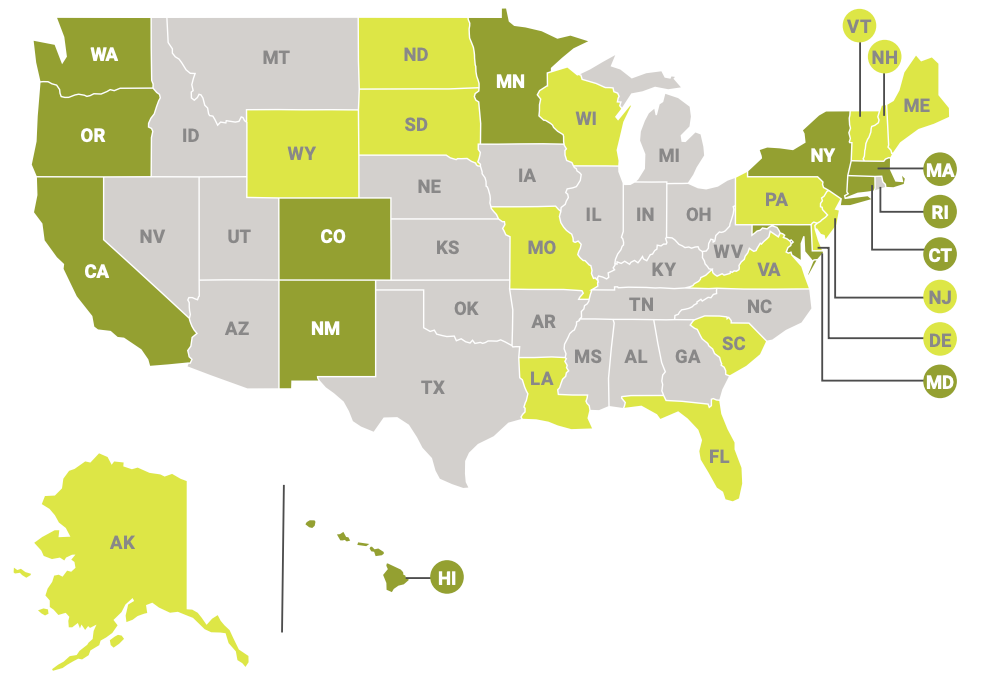
Stated reporting sustainability initiatives, policies, or statewide contracts
States providing examples of sustainability measures below
EPPs Established in Statues, Laws, and Rules
Executive Orders for Sustainable Purchasing Initiatives
State Sustainable Purchasing Websites

Other State Sustainable Purchasing Resources

California

New Mexico

Key Terms
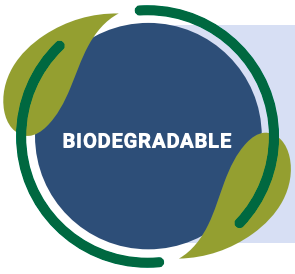
describes the ability of a material to be broken down into simpler compounds by microorganisms or other decomposers. Many different definitions and tests for biodegradability exist. Definitions of the different tests are available from the U.S. EPA, such as “Reliable scientific evidence that the entire product or package will completely break down and return to nature, i.e., decompose into elements found in nature within a reasonably short period of time after customary disposal” (16 C.F.R. § 260.7 (b)).

is the term for a seal or logo indicating that a product has met a set of environmental and/or social standards as determined by an unbiased accrediting authority.
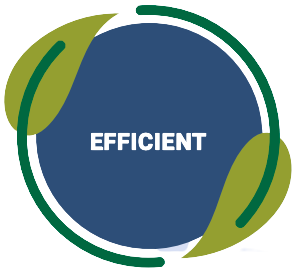
describes a product or service that has the least environmental impact on resources:
ENERGY EFFICIENT means a product that is in the upper 25% of energy efficiency for all similar products, or that is at least 10% more efficient than the minimum level that meets federal standards. The term generally applies to electrical energy consumption
WATER EFFICIENT means low-flow use that is the least water-consumptive.
FUEL EFFICIENT means the highest rating in miles per gallon or lowest consumption of a convertible energy resource such as LPG, CNG, Natural Gas, or Oil, etc.
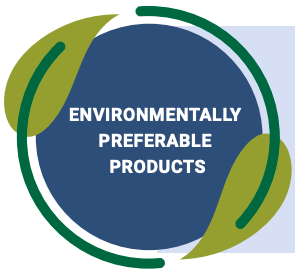
or sustainable products/sustainable commodities are generally defined as products and services that have a lesser or reduced effect on human health and the environment, when compared to competing products or services that serve the same purpose. Beyond health and environment, it can also include social and economic factors.
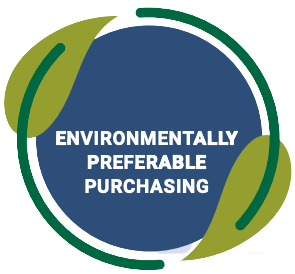
or Green Purchasing is generally defined as purchasing a product that has a lesser or reduced negative effect or increased positive effect on human health and the environment, when compared with competing products that serve the same purpose. Incorporating EPP in the procurement process considers raw materials acquisition, production, fabrication, manufacturing, packaging, distribution, reuse, operation, maintenance, and disposal of the product. This term includes sourcing recyclable products, recycled products, reusable products, and products that conserve energy or natural resources.
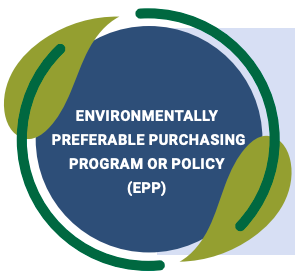
is an authorized formal effort by a government entity to prioritize sustainability or environmental impact in the purchasing of commodities or services, or to include such considerations as part of evaluation criteria; an attempt to address environmental challenges by taking advantage of government’s vast procurement power to create strong markets for environmentally friendly products and services. (Martin & Miller, 2006)

stands for Environmental, Social, Governance and represents a sustainability metric or metrics that take into consideration an organization’s environmental impact, social responsibility (diversity, human rights, consumer protections, etc.), and governance practices (business ethics, accounting, transparency, etc.). Beginning as a U.N. initiative, it is similar to the concepts “corporate responsibility” and “triple-bottom-line” and is most commonly used in the area of captial investment.

is the act of misleading consumers regarding the environmental practices of a company or the environmental benefits of a product or service through the use of buzzwords, jargon, and other marketing tools.
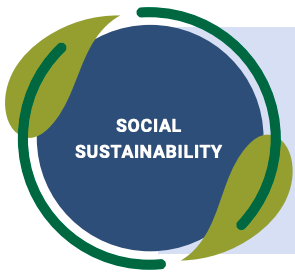
describes the production, use, and disposal of commodities and services in a manner that considers the equity and justice for the people impacted in the lifecycle. Socially sustainable commodities and services are generally free of forced labor, human rights violations, and economic and social exploitation.
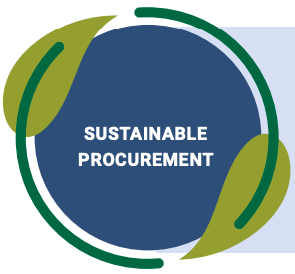
includes environmentally- friendly procurement along with social and economic factors that protect human health and minimize environmental impact throughout the lifecycle of the product or service, ranging from extraction of raw materials to end-oflife disposal. The minimal harmful impacts of these products and services suggest that they can be created, used, and safely disposed in perpetuity.
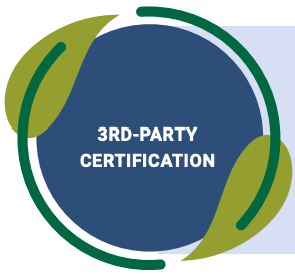
refers to the scientific process by which a product, process, or service is reviewed by a reputable and unbiased auditor (third party) to verify that a set of criteria, claims or standards are being met. For sustainable purchasing, commodities and services that meet the standards are typically identified with an ecolabel.
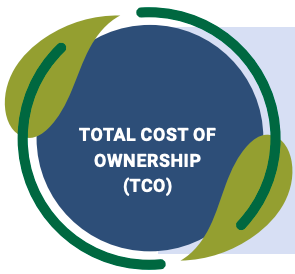
is the comprehensive accounting of the total cost of ownership, including initial costs, energy and operational costs, longevity and efficacy of service, and disposal costs. TCO may also include Life-cycle Assessment or Life-cycle Analysis for environmental impact.

refers to the three primary elements of sustainability:
EQUITY- providing equal access to the natural resources that are needed to sustain societies around the globe. These resources include water, energy, and food, all of which come from the environment. Social disruptions divert resources from areas of greatest human need, reduce the capacity of societies to plan for the future, and generally threaten human well-being and the environment. The concept also includes inter-generational equity, providing future generations with the same resource potential as currently exists.
ECONOMY- integrating social, cultural, environmental, health-related and monetary/ financial aspects into our money supply chain. It must be ensured that more resources are not being used than can be replenished so that there will be resources and financial stability in the future. The challenge for sustainability is to curb and manage Western consumption and raise the standard of living of the developing world without greatly increasing its resource use and environmental impact.
ECOLOGY–managing resources today so they will continue to thrive and feed into biological cycles. Healthy ecosystems provide vital goods and services to humans and other organisms. By ensuring environmental adaptability and resilience, the adaptive capacity of the environmental system depended upon can be maintained and enhanced.

NASPO Resources
NASPO Webinars on Sustainable Purchasing Practices and Issues:
2019 Green Purchasing Technical Assistance Fund Projects Round-Up Presentation
Leveraging the Cooperative to Promote Sustainability
2018 Green Purchasing Technical Assistance Fund Projects Round-Up Presentation
Cronin Webinar Series – Bronze Award: FAC85: Environmentally Preferable Cooperative Contract
NASPO Valuepoint Creates Added Value in IT Portfolios Using EPEAT
NASPO Publications on Sustainable Purchasing Practices and Issues:

Federal Resources



Partnership Resources

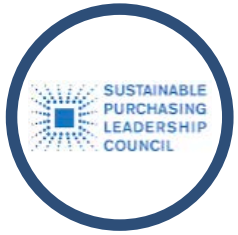
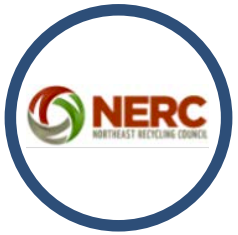
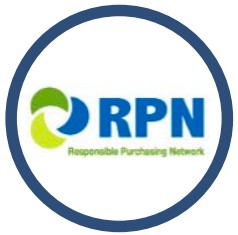
RPN
Responsible Purchasing Webinars
Purchasing Opportunities and Practices – For more purchasing guides, see the “Purchasing Guides” tab at http://www.responsiblepurchasing.org/index.php

Ecolabels
Eco-label is the term for a seal or logo indicating that a product has met a set of environmental and/or social standards. The use of ecolabels can assist public procurement officials in locating certified commodities and services that have met rigid testing requirements. The most credible, respected ecolabels are those that have been developed in an equitable, open, and transparent process by independent organizations and focus on a balance of multiple sustainability attributes throughout a commodity or service’s life cycle.
The following are examples of some commonly trusted ecolabels:
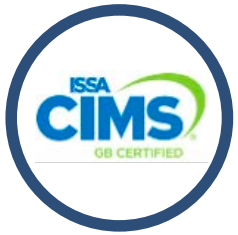
ISSA Worldwide Cleaning Industry Association; Cleaning Industry Management Standard – Green Buildings; certifies sustainable cleaning practices for cleaning services and building maintenance in compliance with the U.S. Green Building Council’s Leadership in Energy and Environmental Design (LEED) system.

Underwriter Laboratories (UL); Lifecycle reduced environmental impact in some or all of the following: materials, energy, manufacturing and operations, health and environment, product performance and use. Certifies: building & construction materials, industrial & domestic cleaning products, office supplies, electronics, paper & plastic products, personal care products, several other products & services
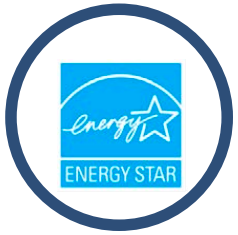
U.S. EPA and Dept. of Energy; Energy efficiency standards for industrial, commercial, and residential products. Certifies: appliances, building products, commercial food service equipment, data center equipment, electronics, heating and cooling, lighting, office equipment, water heaters, other electric-powered items.

U.S, EPA; Through chemical and toxicological analysis, the Safer Choice program applies criteria for health and environmental safety to identify products with the safest possible chemical ingredients. Certifies: glass cleaners, general purpose cleaners, washroom cleaners, carpet cleaners, laundry detergents, graffiti removers, boat and car care, drain cleaners, personal care, floor care, and other industrial products.

U.S. EPA; Technology verification and branding of fuel-saving technologies and operational practices to save fuel, lower costs, and reduce adverse environmental impacts. Certifies: Supply chain logistics operations, freight transportation, fuel systems and use, logistics technologies and operations.
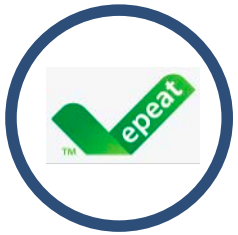
Global Electronics Council; Global Type 1 ecolabel covering products and services from the technology sector meeting the requirements of ISO 14024. Certifies: Electronics, Servers, Computers & Displays, Imaging Equipment, Televisions, Mobile Phones, and other devices.
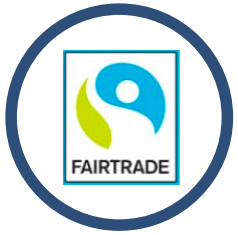
Fairtrade International; Social, economic, and environmental criteria for supply chains and operations; free of hazardous materials; free of worker and local exploitation. Certifies: Wide variety of produce, flowers and plants, cotton, textiles, gold and precious metals, composite materials, and carbon.
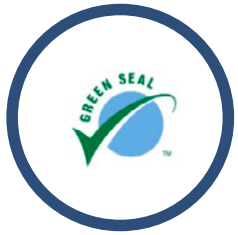
Green Seal; Life-cycle-based criteria for sustainability focused on reducing toxic pollution and waste and resource conservation while maintaining product performance. Certifies: Construction materials and building equipment; food packaging and paper products; household cleaning products; industrial and institutional cleaning products; printing and writing paper; sanitary paper products; cleaning services; hotels; restaurants.
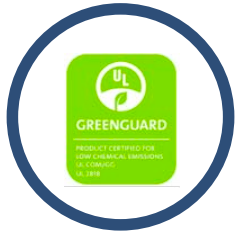
Underwriter Laboratories (UL); Product chemical emissions certification and labeling program for manufacturers of low-emitting indoor products, furnishings, and materials for use in environments such as schools and healthcare facilities. Certifies: Building materials, furniture and furnishings, carpets and flooring materials, paints and finishes, cleaning and maintenance products, electronic equipment, and medical devices.
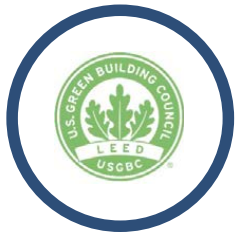
U.S. Green Building Council; Leadership in Energy and Environmental Design (LEED) is a sustainable building certification program that includes a set of rating systems for the design, construction, operation, and maintenance of sustainable buildings, homes, and neighborhoods. Points towards certification are awarded by performance metrics for energy use, water use, and indoor environmental quality (IEQ), along with other measures. The use of other ecolabel-certified materials and products in the construction or renovation of a structure also contribute to LEED scores.
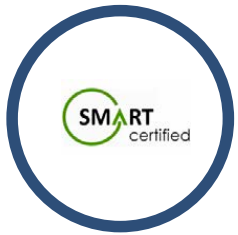
Institute for Market Transformation to Sustainability; Measures environmental, social, and economic sustainability throughout production stages and supply chains; compliant with the LEED system. Certifies: building products and materials, fabrics, apparel, textiles, and flooring.
For a comprehensive list of ecolabels from around the globe visit the Ecolabel index: http://www.ecolabelindex.com/ecolabels/
Any corrections, additions, and inquiries can be submitted to [email protected]






